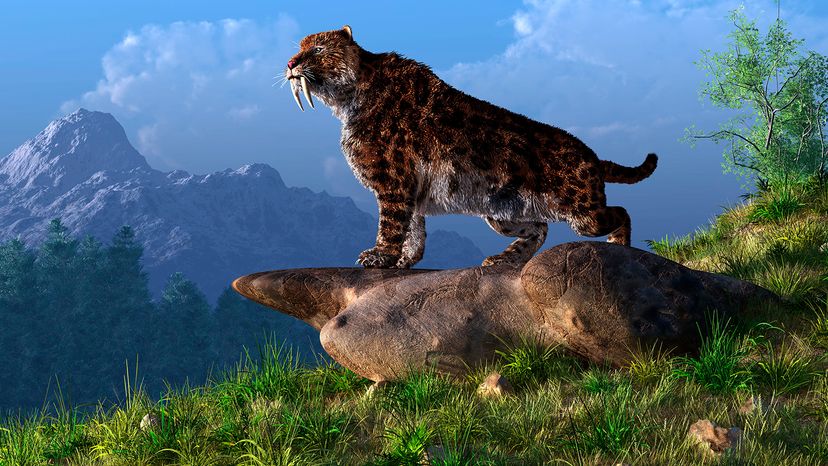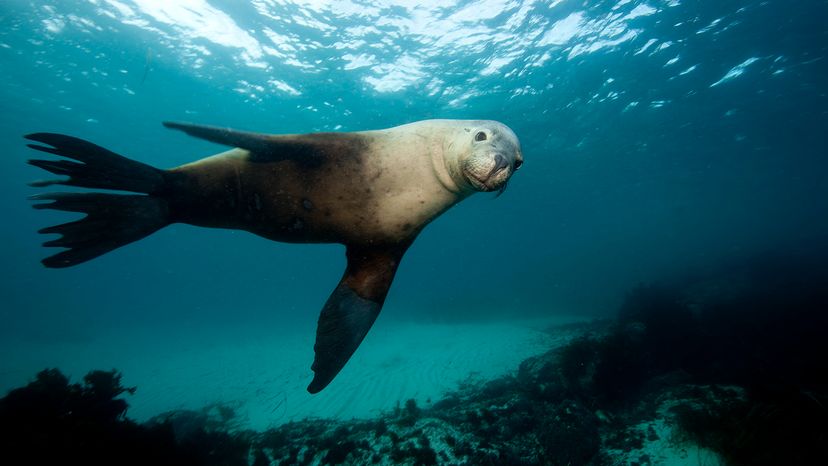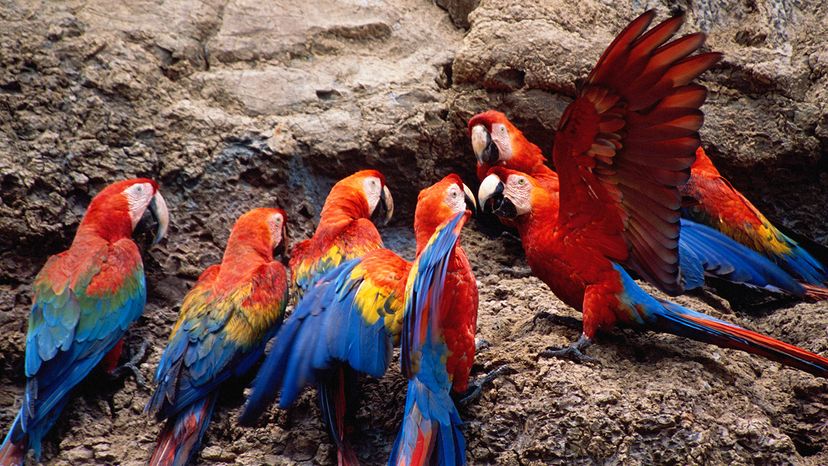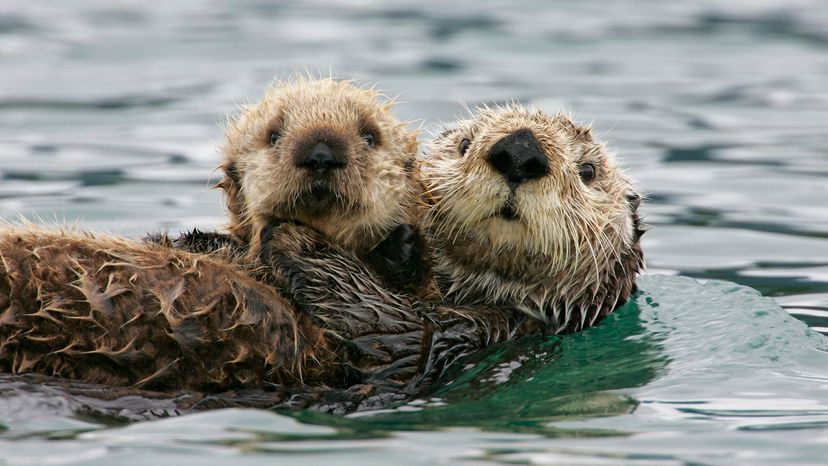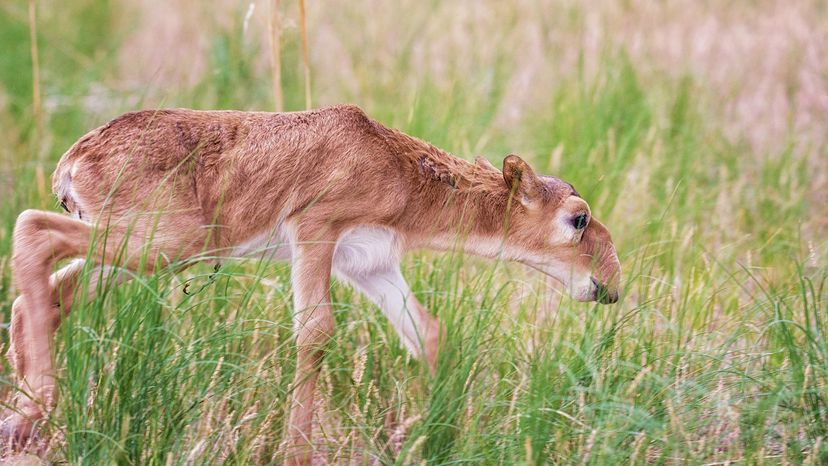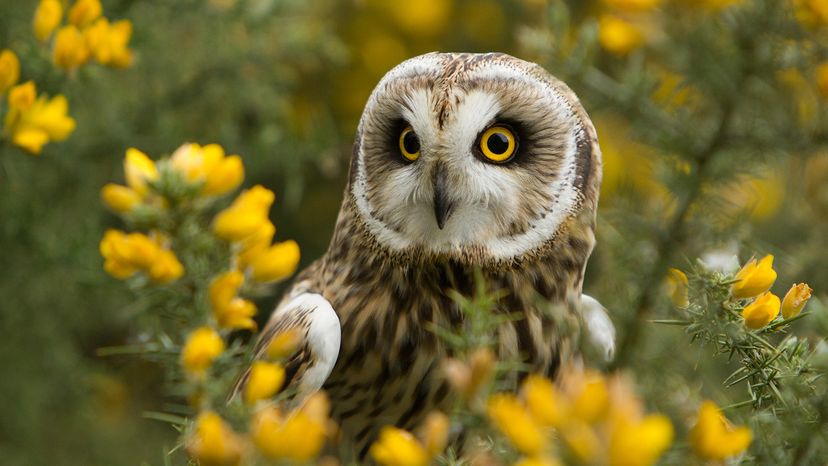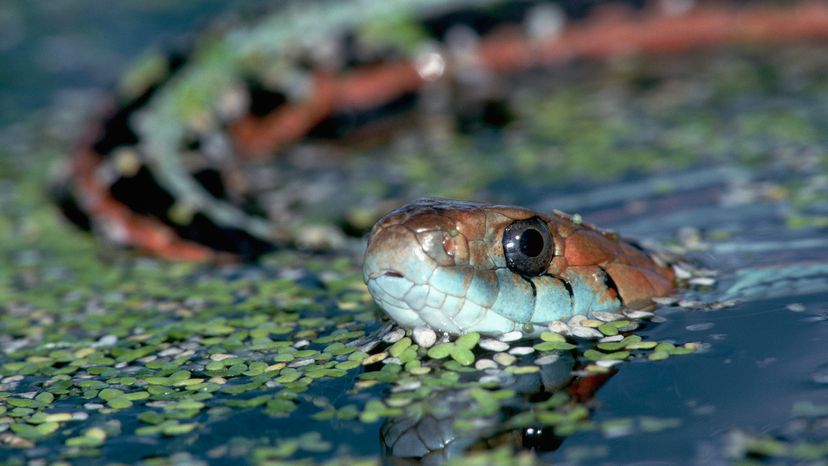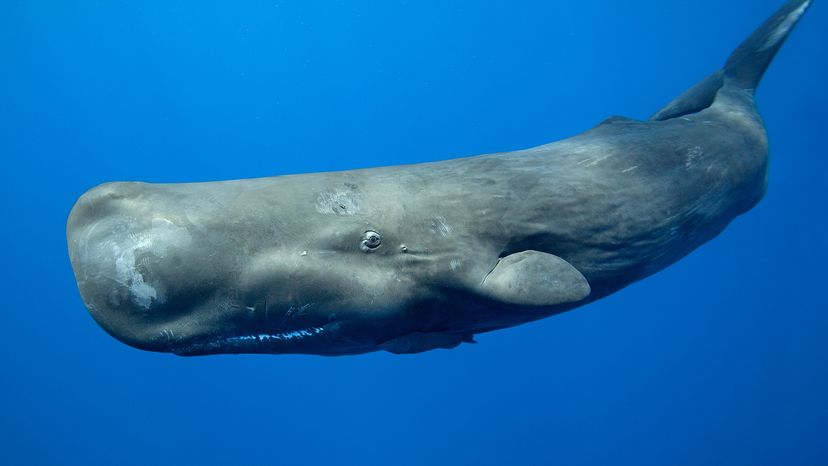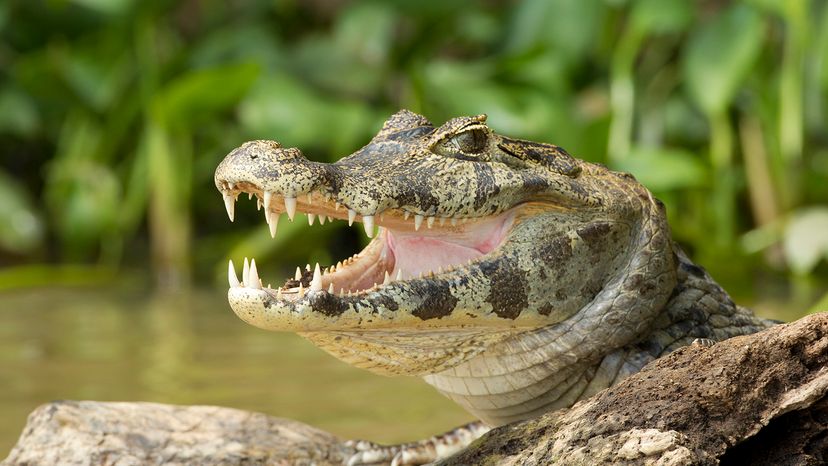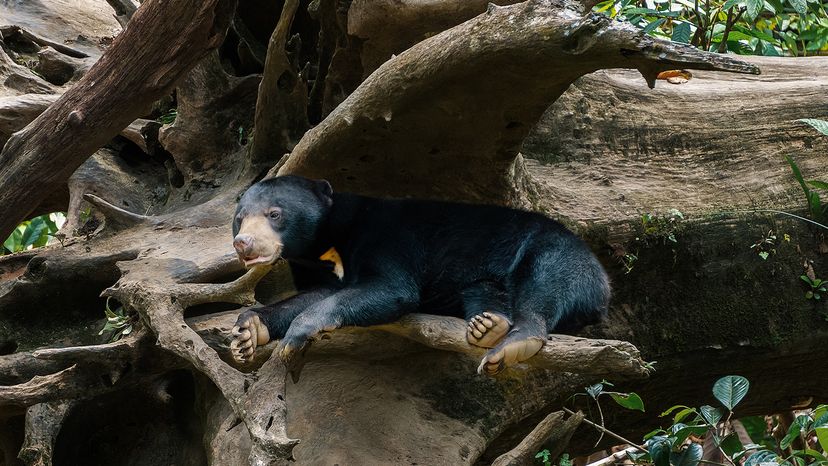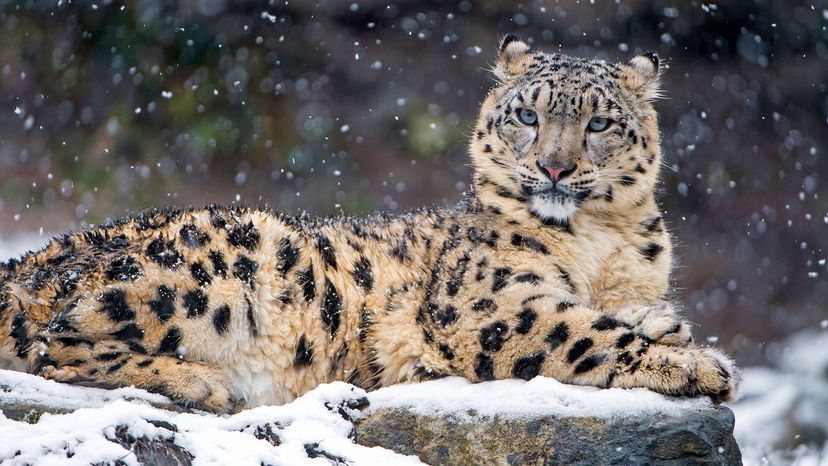
The animal kingdom is full of incredible creatures, and today we’re focusing on animals that start with "S." Some of them thrive in the wild today, while others once roamed the Earth but are now gone forever.
Whether they soar through the skies, scurry on land or dwell in the ocean’s depths, these animals are all fascinating in their own right. Let’s start exploring.
Advertisement
